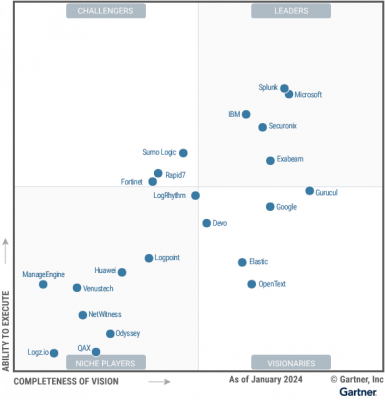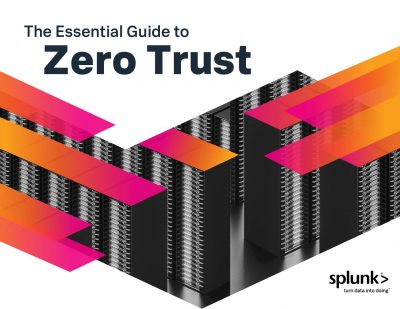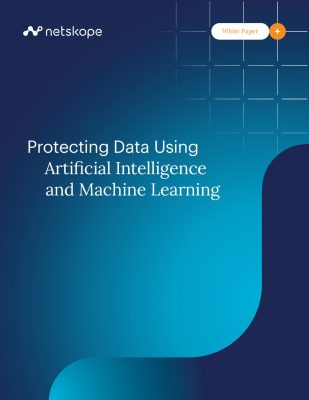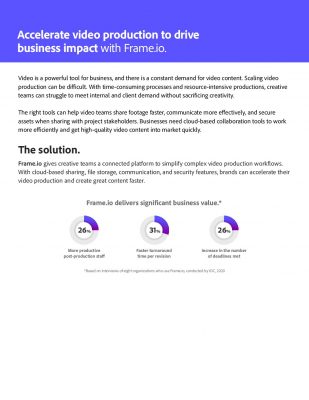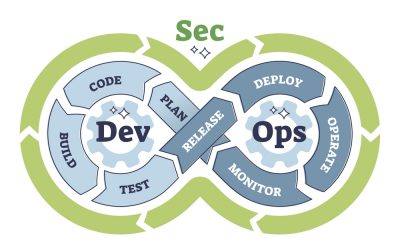Highlights:
- Snowflake’s strategy seeks to boost flexibility and compatibility with different data engines, opening up new possibilities for innovative data management and analysis.
- Snowflake aims to enhance its platform’s flexibility and compatibility with various data engines, opening up new data management and analysis possibilities.
Snowflake Inc. is positioning itself at the forefront of the open data revolution by embracing open data through its integration of Iceberg. Snowflake’s open data simplifies compute services and enhances external engine interoperability and support.
“Snowflake’s leadership position was earned because it had a superior product,” stated Dave Vellante, Chief Analyst at CUBE Research. “Its visionary founders saw that the cloud allowed it to separate compute from storage and have virtually infinite scalability on demand. By building an integrated data platform complete with governance, it had tight control over the data and became a trusted source of analytical data.”
Snowflake’s strategy seeks to boost flexibility and compatibility with different data engines, opening up new possibilities for innovative data management and analysis. The company is also concentrating on generative AI to establish itself as a leader in artificial intelligence, addressing market demands and enhancing its data application platform.
According to Vellante, this strategic shift places Snowflake in direct competition with industry leaders such as Databricks Inc. To maintain its edge in the evolving data landscape, Snowflake must innovate rapidly and execute flawlessly.
Vellante, onsite at this week’s Data Cloud Summit with co-host Rebecca Knight, will provide three days of real-time event coverage from June 4-6.
Snowflake Pivots with Support of Iceberg
Snowflake recently announced a strategic pivot toward embracing open data, underscored by its commitment to Iceberg. This transition represents a nuanced strategy with profound implications for the company’s forward trajectory.
“Many, including us, were asking, ‘Will Snowflake choose to embrace Iceberg and its open data potential, even if it means disrupting Snowflake’s current model,’” stated John Furrier, CUBE Research’s executive analyst. “The technology industry has a saying, especially true during major market shifts: ‘Better to eat your own before someone else does.’ For Snowflake, this is happening as they fully embrace Iceberg and its open data capabilities before competitors leverage these advantages against them.”
While Iceberg is a pivotal tool for streamlining compute services, Snowflake’s strategic vision extends beyond simplification. The true value lies in its emphasis on interoperability and bolstered support for external engines. By integrating Iceberg, Snowflake aims to enhance its platform’s flexibility and compatibility with various data engines, opening up new data management and analysis possibilities.
Furrier stated, “Snowflake’s strategy around Iceberg is a nuanced topic with significant implications. While the simplicity of Snowflake’s compute services is enhanced by Iceberg, the real value lies in how Snowflake chooses to handle interoperability and external engine support.”
Snowflake Seeks to Embrace Open Data and Generative AI
Snowflake is reshaping the landscape of data platforms. Vellante, in his latest Breaking Analysis, points out that Snowflake confronts substantial technological hurdles as it strives to advance its data cloud vision, establish itself as a leader in AI, evolve into a platform for data applications, and navigate external market pressures.
Snowflake’s new strategy, embracing open storage formats like Iceberg, underscores its focus on data catalogs and the integration of generative AI to bolster its value proposition and enter new markets.
Snowflake’s new strategy, embracing open storage formats like Iceberg, underscores its focus on data catalogs and the integration of generative AI to bolster its value proposition and enter new markets.
Vellante stated, “If Snowflake is going to compete directly with those firms, it needs to surface functionality from its engine and metadata that differentiates and simplifies the gen AI experience in a way that other tools cannot. To succeed in its new ambitions, the company, we believe, will have to execute flawlessly on both organic and inorganic innovation vectors while attracting new personas, an ecosystem of developers, and balancing profit margins as a public entity.”





